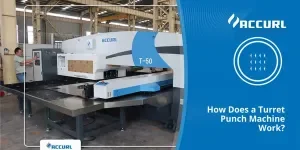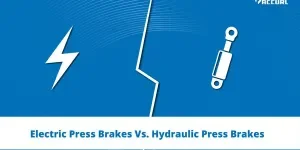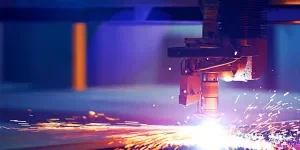In 2025, the grapple bucket market continues to flourish due to rapid industrial advancements and increasing demand for efficient material handling solutions. This article delves into the essential aspects of selecting the right grapple bucket, providing valuable insights for professional buyers. By examining types, performance, design, and more, this comprehensive guide ensures informed purchasing decisions and operational success.
Table of Contents:
– Market Overview: Grapple Bucket Industry
– Detailed Analysis of the Grapple Bucket Market
– Key Factors When Selecting a Grapple Bucket
– Durability and Build Quality
– Latest Technology Features
– Considerations for Budget and Price Range
– Ensuring Compatibility with Other Systems
– Wrapping Up
Market Overview: Grapple Bucket Industry
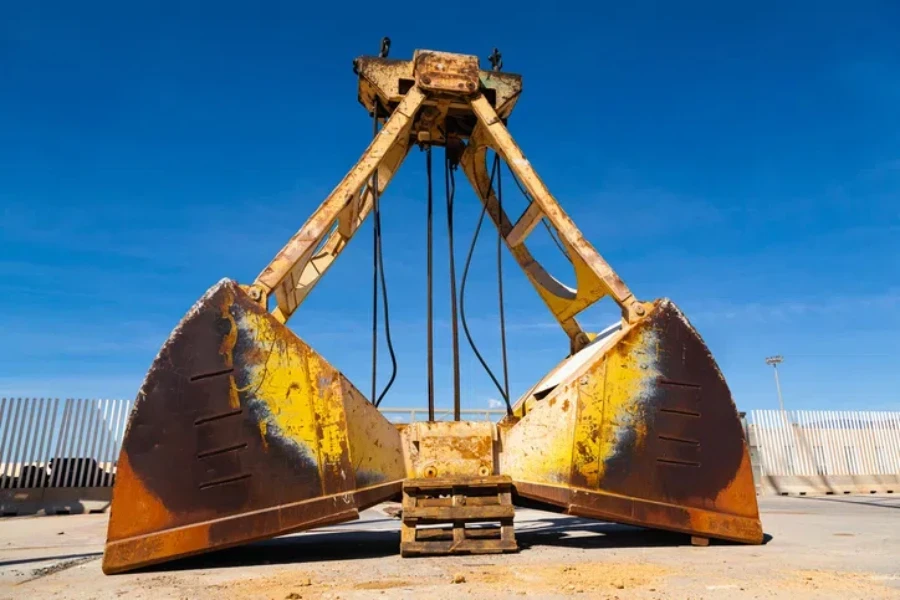
The global grapple bucket market has seen significant growth, driven by increasing demand across industries like agriculture, construction, and waste management. In 2024, the market was worth approximately USD 1.5 billion and is projected to reach USD 2.3 billion by 2030, growing at a compound annual growth rate (CAGR) of 6.5%. This growth is due to the rising need for efficient material handling solutions and the adoption of advanced technologies in machinery.
The Americas dominate the grapple bucket market, accounting for nearly 35% of the global share. This region’s growth is fueled by extensive mechanization in agriculture and construction. The Asia-Pacific region follows, with countries like China and India showing significant market potential due to rapid industrialization and urbanization. Europe also holds a substantial share, driven by stringent regulations on environmental sustainability and safety, promoting the use of advanced and eco-friendly equipment.
In terms of application, the construction sector holds the largest market share, driven by the need for efficient handling of construction debris and materials. The waste management sector is also a significant contributor, with grapple buckets essential for sorting and handling waste materials. Agriculture is another key application area, where grapple buckets are used for handling bales, logs, and other materials, enhancing productivity and reducing labor costs.
Detailed Analysis of the Grapple Bucket Market

The grapple bucket market is characterized by key performance benchmarks, including load capacity, durability, and versatility. These buckets handle heavy loads, with capacities ranging from 500 kg to over 2,000 kg, depending on the application. Durability is ensured through high-strength steel and reinforced structures, which withstand harsh working conditions and minimize downtime.
Leading players such as Caterpillar, Komatsu, and Deere & Company dominate the market, leveraging their extensive distribution networks and strong brand reputations. These companies continuously invest in research and development to introduce innovative products that meet evolving customer needs. For instance, hydraulic grapple buckets have significantly improved operational efficiency by allowing precise control and reducing manual labor.
Economic factors, such as rising labor costs and the need for efficient material handling solutions, are driving the adoption of grapple buckets. Consumer behavior is shifting towards advanced, automated equipment that enhances productivity and reduces operational costs. This trend is particularly evident in developed regions, where industries are increasingly investing in high-tech machinery.
Distribution channel preferences show a growing inclination towards online platforms, as they offer a wider range of products and competitive pricing. However, traditional channels like dealerships and distributors remain crucial, particularly in regions with low internet penetration. Recent innovations include smart grapple buckets equipped with sensors and connectivity features for real-time monitoring and data analysis.
Product lifecycle stages in the grapple bucket market vary. Mature products like standard grapple buckets witness steady demand, while innovative products like automated and smart grapple buckets are in the growth stage. Digitalization plays a significant role, with manufacturers incorporating IoT and AI technologies to enhance product performance and provide predictive maintenance solutions.
Social trends, such as the increasing focus on sustainability and environmental conservation, influence the market. Customers seek eco-friendly equipment that minimizes environmental impact. Brand positioning strategies emphasize durability, efficiency, and advanced technology, with companies differentiating themselves through superior product quality and after-sales support.
Niche markets within the grapple bucket industry include specialized applications such as forestry and mining, where customized buckets handle specific materials. Customer pain points, such as the high initial cost and maintenance requirements, are addressed through financing options and extended warranties offered by manufacturers. Overall, the grapple bucket market is poised for continued growth, driven by technological advancements and increasing demand across various industries.
Key Factors When Selecting a Grapple Bucket
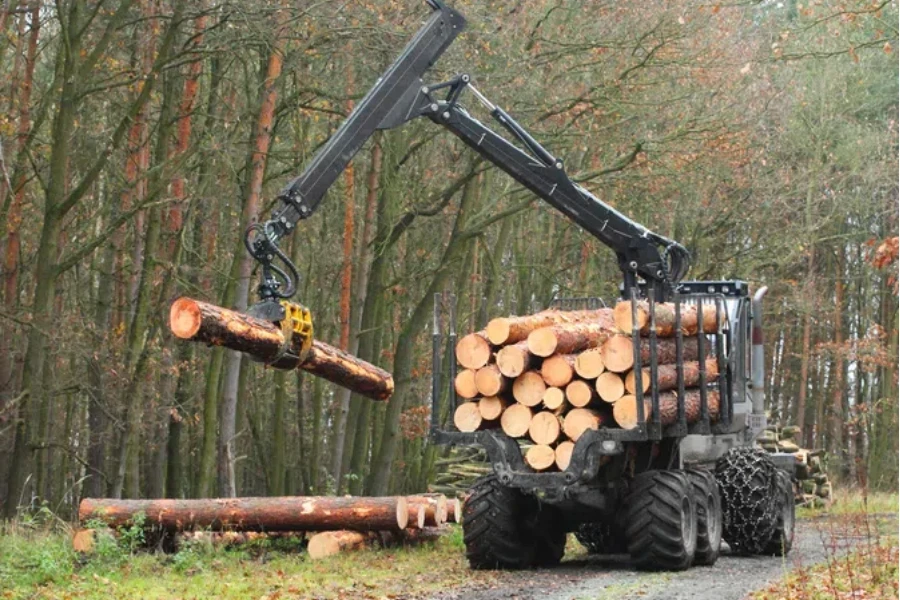
Types and Styles
The grapple bucket market offers a variety of types and styles, each designed for specific applications. For instance, rock grapples handle large rocks and debris, while brush grapples are ideal for clearing vegetation and forestry tasks. Clamshell grapples provide precise control for handling bulk materials, and root grapples excel at digging and removing stumps. Understanding your operation’s specific requirements is crucial for selecting the right grapple bucket type.
Different styles cater to various operational needs. The progressive-link thumb grapple offers enhanced dexterity and grip, making it suitable for handling irregularly shaped objects. In contrast, the continuous rotation grapple provides 360-degree movement, offering flexibility and efficiency in material handling tasks. Each style has unique advantages, so the choice should align with the job’s specific demands.
The material of the grapple bucket also plays a significant role in its performance. Heavy-duty steel construction is common for high-stress applications, while lighter materials like aluminum may be used for less demanding tasks to reduce machinery weight. The choice of material impacts the durability, weight, and cost of the grapple bucket.
Performance and Functionality
Performance and functionality are critical when selecting a grapple bucket. The lifting capacity, measured in pounds or tons, determines the maximum weight the grapple can handle. This specification ensures the grapple bucket can manage typical loads without compromising safety or efficiency. High-capacity grapples are necessary for heavy-duty applications like construction and demolition.
Hydraulic systems often enhance a grapple bucket’s functionality. Hydraulic grapples offer superior control and power, allowing for precise movements and efficient material handling. The hydraulic system’s pressure rating and flow requirements must match the machinery’s capabilities for optimal performance. Some grapple buckets come with self-contained hydraulic systems, making them versatile and easy to integrate with various machines.
Another aspect of functionality is the grapple’s articulation and rotation capabilities. Full articulation allows the grapple to move in multiple directions, providing greater flexibility in handling materials. Continuous rotation grapples can rotate 360 degrees, offering unmatched maneuverability and efficiency in complex tasks. These features are particularly beneficial in applications requiring precise material placement, such as recycling and waste management.
Design
A well-designed grapple bucket should have a streamlined shape to minimize resistance and improve maneuverability in tight spaces.
A high-quality finish enhances the appearance and provides additional protection against corrosion and wear. Brightly colored grapples can improve visibility on job sites, enhancing safety by making the equipment more noticeable to operators and workers.
The design should also facilitate easy maintenance and servicing. Features like removable wear plates and accessible grease points can significantly reduce downtime and maintenance costs. A well-designed grapple bucket will have these considerations built into its design, ensuring longevity and reliability in various working conditions.
Technical Specifications
Technical specifications are paramount when selecting a grapple bucket. Key specifications include the grapple’s weight, dimensions, and compatibility with different types of machinery. The weight of the grapple bucket affects the overall load on the machinery, influencing fuel efficiency and operational costs. Lighter grapples are preferred for applications where machinery weight is a concern, while heavier grapples offer more durability and strength.
Dimensions, such as width and jaw opening, determine the size and type of materials the grapple can handle. A wider grapple can manage larger loads, while a narrower one offers more precision. The jaw opening is particularly important for handling bulky or irregularly shaped objects. Ensuring that the grapple’s dimensions match your operation’s requirements is crucial for optimal performance.
Compatibility with various machinery types is another critical specification. Grapple buckets should attach easily to different equipment, such as excavators, skid steers, and loaders. Quick couplers and universal mounting plates can enhance compatibility, allowing seamless integration with existing machinery. This versatility ensures that the grapple bucket can be used across multiple applications, maximizing its utility and value.
Safety Standards and Certifications
Safety standards and certifications are essential considerations when selecting a grapple bucket. Compliance with industry standards, such as those set by the Occupational Safety and Health Administration (OSHA) or the International Organization for Standardization (ISO), ensures that the grapple bucket meets stringent safety and performance criteria. These standards cover aspects such as material strength, load capacity, and operational safety, providing assurance that the equipment is safe and reliable.
Certifications from recognized bodies, such as CE marking for European markets, indicate that the grapple bucket has undergone rigorous testing and meets the required safety and quality standards. These certifications are particularly important for businesses operating in regulated markets, ensuring compliance with local laws and regulations.
Additionally, safety features such as overload protection, secure locking mechanisms, and emergency shut-off controls enhance the safety of the grapple bucket. These features prevent accidents and injuries, protecting operators and workers on the job site. Investing in a grapple bucket with robust safety standards and certifications is crucial for maintaining a safe and productive working environment.
Durability and Build Quality
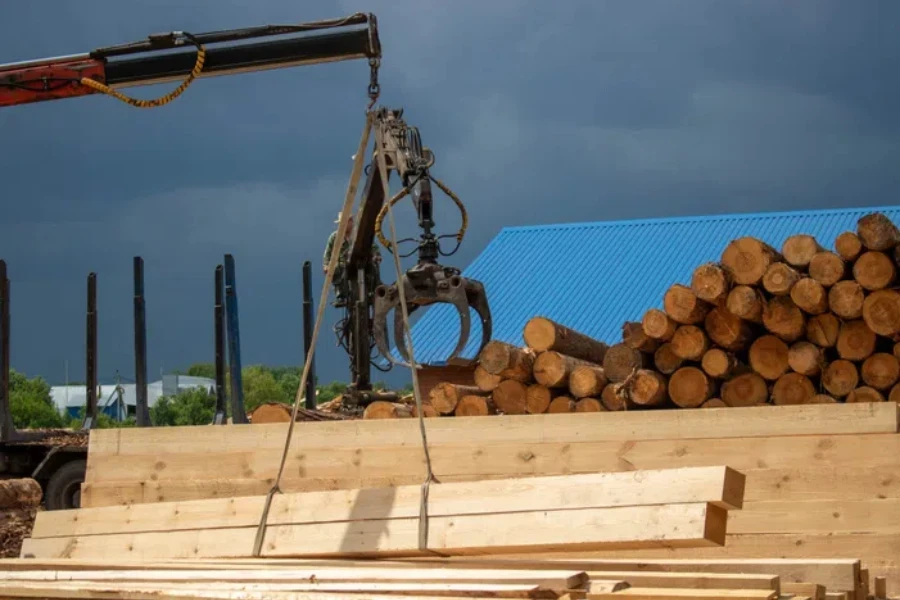
Durability and build quality are critical factors in selecting a grapple bucket. High-quality materials, such as hardened steel, ensure that the grapple can withstand heavy-duty use without significant wear and tear. Reinforced joints and welds enhance the grapple’s structural integrity, preventing failures during demanding operations.
The build quality of a grapple bucket is often reflected in its warranty and service life. Manufacturers that offer extended warranties and comprehensive service packages typically produce higher-quality products. These warranties provide peace of mind, ensuring that the equipment will perform reliably over an extended period.
Regular maintenance and proper usage also play a significant role in the durability of a grapple bucket. Features such as replaceable wear parts and easy access to critical components facilitate maintenance, extending the equipment’s lifespan. Investing in a durable and well-built grapple bucket minimizes downtime and reduces long-term operational costs.
Latest Technology Features
The latest technology features in grapple buckets enhance their performance and usability. Advanced hydraulic systems, for example, provide smoother and more precise control, improving efficiency and productivity. Some modern grapple buckets come equipped with sensors and telemetry systems that monitor performance metrics in real-time, allowing operators to optimize their use and perform predictive maintenance.
Automation and remote control capabilities are also becoming more prevalent in grapple buckets. These features allow operators to control the grapple from a distance, improving safety and efficiency in hazardous environments. Remote-controlled grapples are particularly useful in applications such as demolition and hazardous material handling, where direct operation may pose risks.
Integration with other advanced machinery and systems, such as GPS and telematics, further enhances the functionality of modern grapple buckets. These integrations enable more precise tracking and management of equipment, optimizing resource allocation and improving overall operational efficiency. Staying abreast of the latest technology features ensures that businesses can leverage the full potential of their grapple buckets.
Considerations for Budget and Price Range
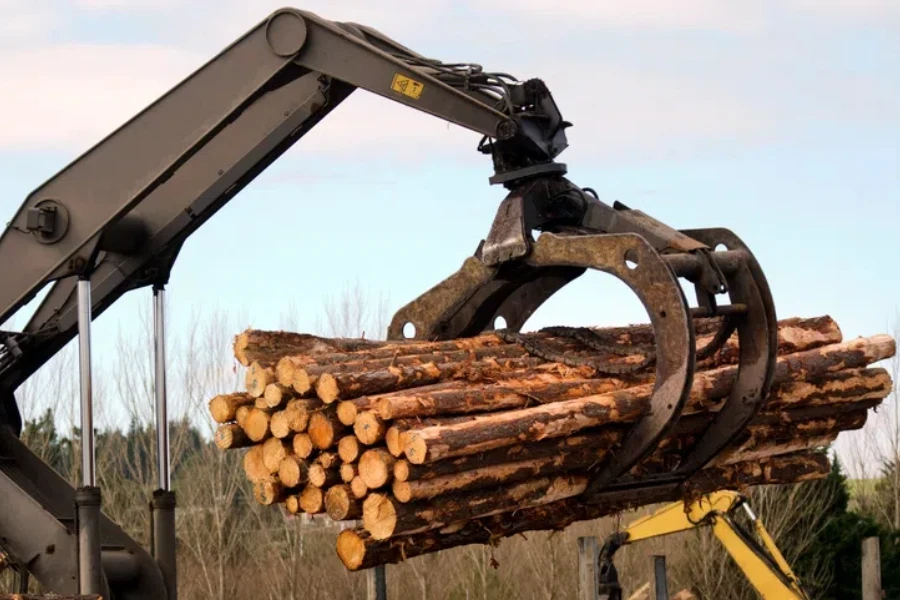
Budget and price range are important considerations when selecting a grapple bucket. While high-quality grapple buckets tend to be more expensive, they often offer better performance, durability, and safety features. It is essential to balance the initial investment with the long-term benefits, considering factors such as reduced maintenance costs, increased productivity, and enhanced safety.
Financing options and leasing arrangements can help manage the upfront costs of purchasing a grapple bucket. Many manufacturers and dealers offer flexible payment plans, allowing businesses to spread the cost over time. This approach can make high-quality equipment more accessible, enabling businesses to invest in the best possible grapple bucket for their needs.
Considering the total cost of ownership (TCO) is crucial when evaluating the budget for a grapple bucket. TCO includes not only the purchase price but also ongoing maintenance, repair, and operational costs. A higher initial investment in a durable, high-quality grapple bucket can result in lower TCO over the equipment’s lifespan, providing better value in the long run.
Ensuring Compatibility with Other Systems
Ensuring compatibility with other systems and equipment is key when selecting a grapple bucket. The grapple must be compatible with the machinery it will be attached to, such as excavators, skid steers, or loaders. This compatibility includes matching hydraulic pressure and flow requirements, as well as ensuring that the mounting system is compatible with the machinery’s attachment points.
Interoperability with other attachments and tools is also important. Many operations require the use of multiple attachments, such as buckets, forks, and augers. A grapple bucket that can be easily swapped with other attachments using a quick coupler system enhances versatility and efficiency. This flexibility allows operators to quickly switch between tasks, maximizing the equipment’s utility.
Future-proofing is another consideration when ensuring compatibility. As technology and machinery evolve, selecting a grapple bucket that can be easily upgraded or adapted to work with new systems is important. This forward-thinking approach ensures that the investment in a grapple bucket remains valuable and relevant over time, providing long-term benefits to the operation.
Wrapping Up
In conclusion, selecting the right grapple bucket involves considering various factors, including types and styles, performance and functionality, design, technical specifications, safety standards and certifications, durability and build quality, latest technology features, budget and price range, and compatibility with other systems. By thoroughly evaluating these factors, businesses can make informed decisions that enhance their operations, improve efficiency, and ensure safety. Investing in a high-quality grapple bucket tailored to the specific needs of the operation is crucial for achieving long-term success and maximizing the equipment’s value.

